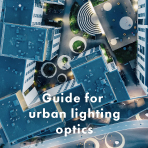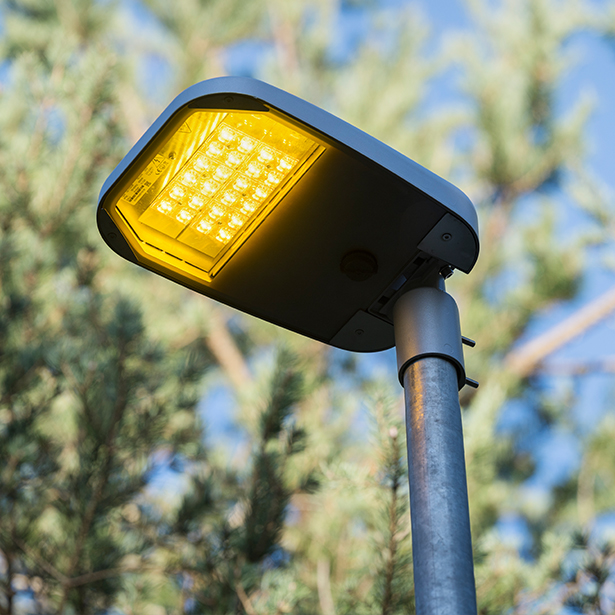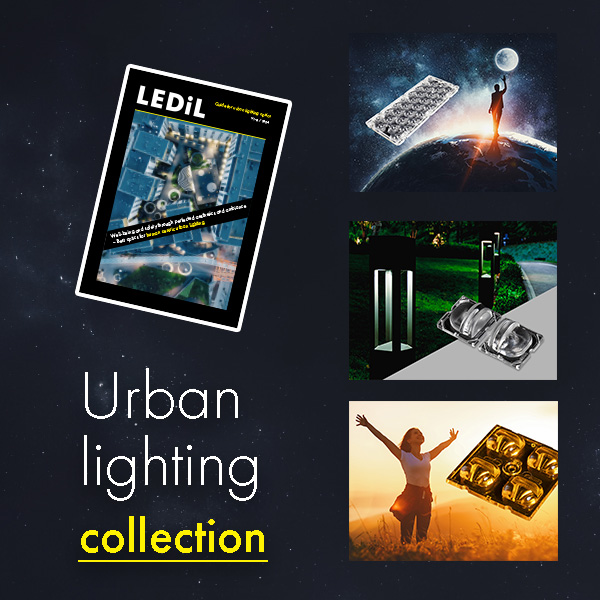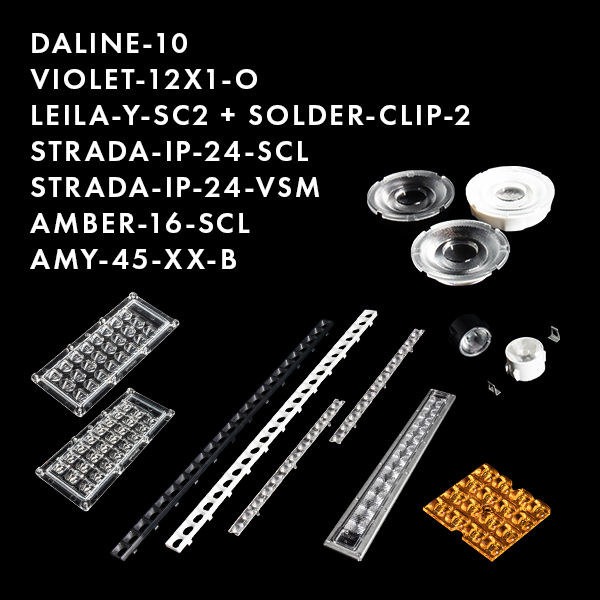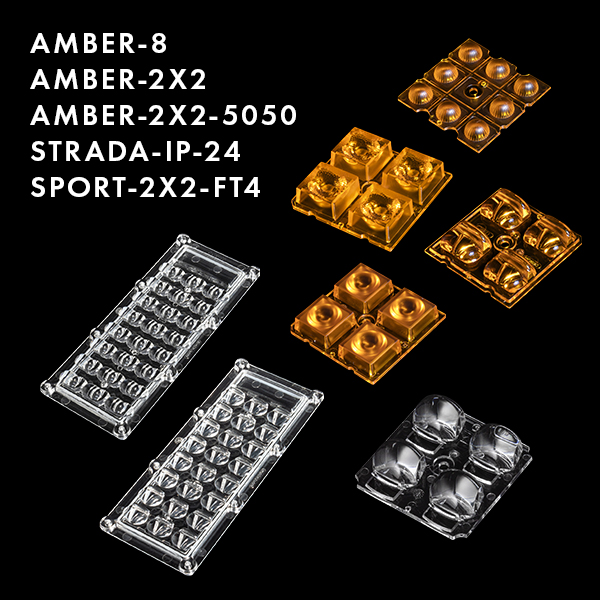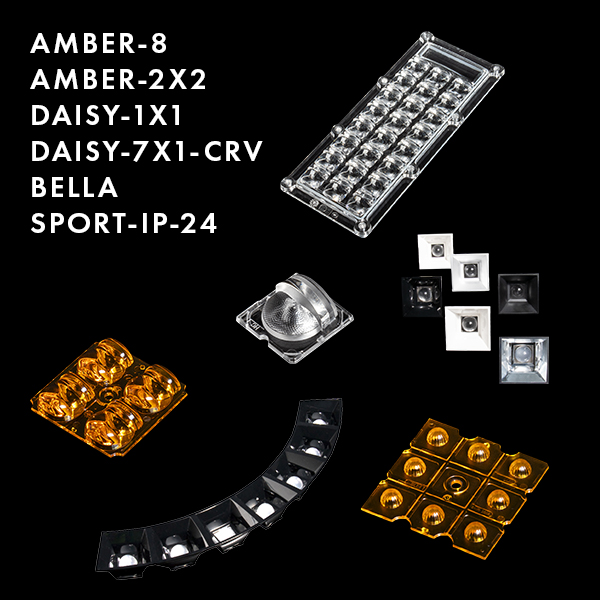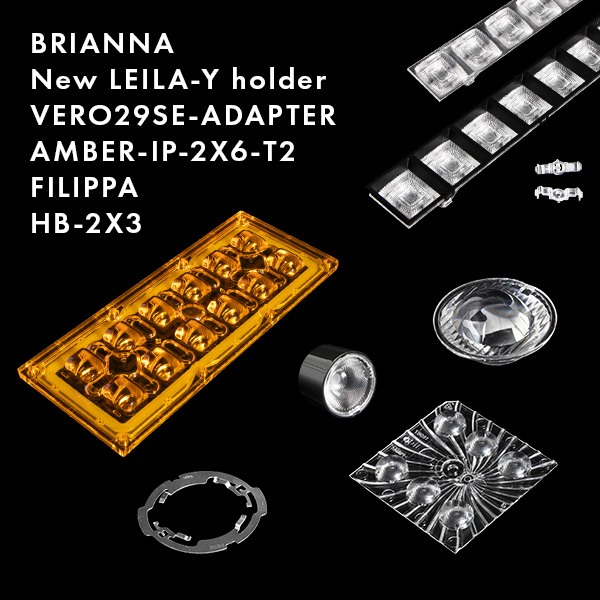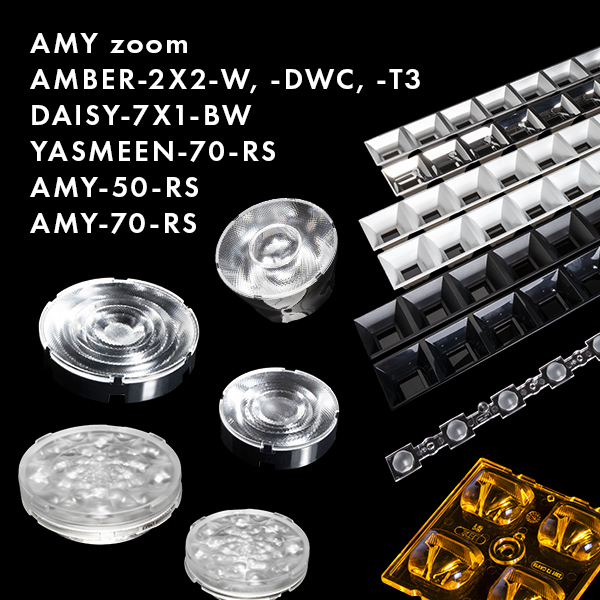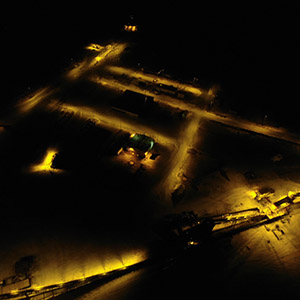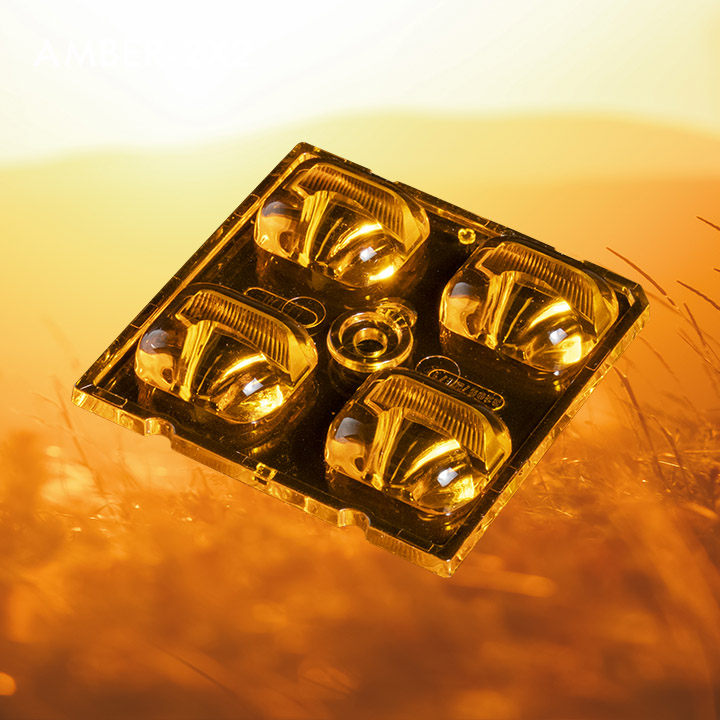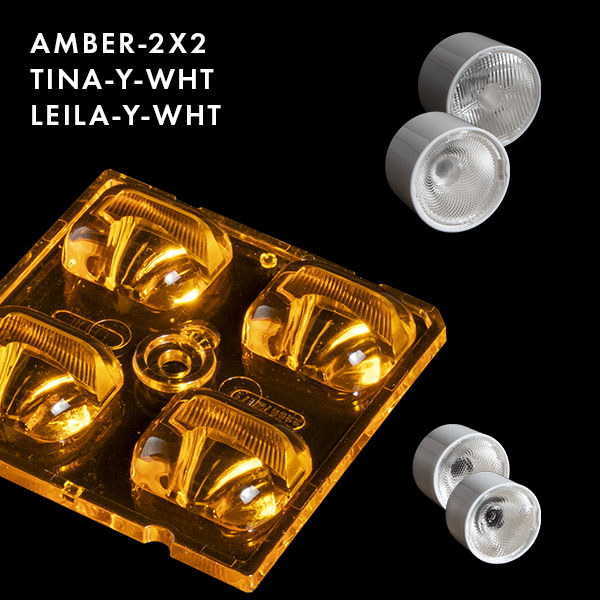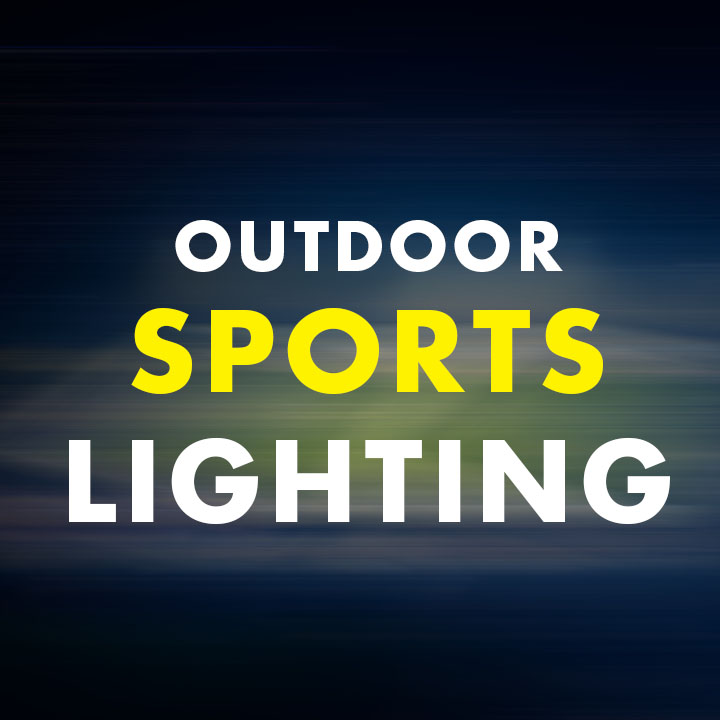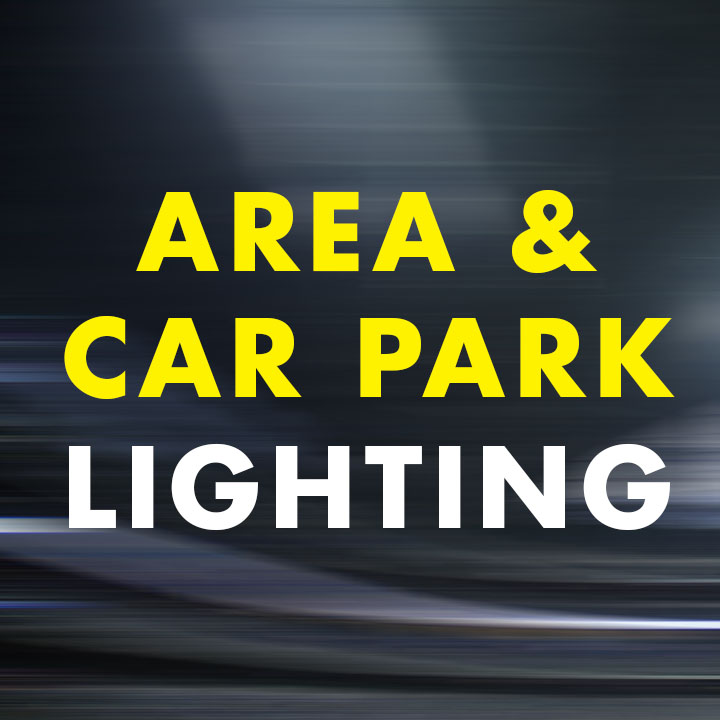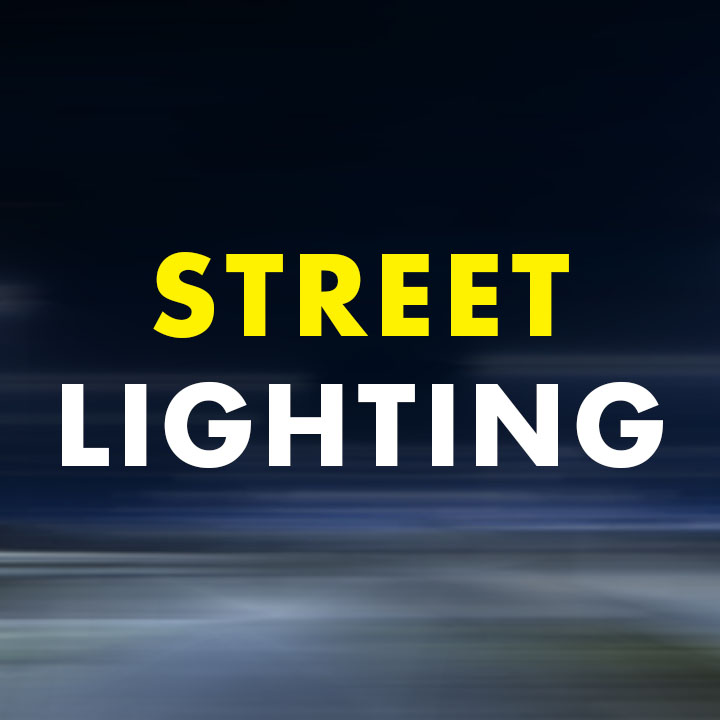Article
Related content:
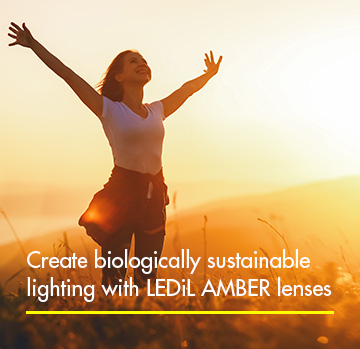 Create biologically sustainable lighting with LEDiL AMBER lenses
Create biologically sustainable lighting with LEDiL AMBER lenses
See the stars in the centre of the city - How to reduce light pollution in urban environments
Light pollution fills the night
Dimming the stars out of sight
The city’s glow becomes our dome
Disconnecting us from our starry home
Light guides our movements, helps us get orientated in a space, protects us from harm, and makes us feel safe. Too much light and the same benefits turn negative. We waste energy, lose our ability to focus, star gaze, and even mess up our own biological clock, as well as that of nocturnal animals.
The right balance between light and darkness makes our surroundings feel more interesting and healthier to be in.
Light – radiation that makes everything visible
Both artificial and natural light are white, but can differentiate in terms of tones (colour temperature) and spectrum (wavelength irradiance). Our eyes are sensitive to electromagnetic wavelengths from 380 to 700 nanometres; this is our spectrum, and limits what is visible to us.

The lower part of the spectrum consists of wavelengths we see as blue, but this wavelength is shorter (higher frequency) and results in a stronger scattering of light in the atmosphere compared to warmer tones with a longer wavelength (lower frequency). This means if the light source emits high amounts of blue wavelengths there is a greater risk of light leakage beyond the intended target.
The tone of light, also called correlated colour temperature (CCT), is the combined measured value of these different wavelengths. This means one numeric value describes the whole spectrum, and therein lies a little problem.
Colour – efficient lighting with more blue
In one day the colour temperature of sunlight can vary between 2000 K (kelvins) (very warm) to 10 000 K (very cold) or even around 16 000 K (extra cold, or just very blue) in snowy conditions. LED chips emit blue light which is transformed to warmer white tones using various phosphor layers. The cooler the colour temperature (more of the original blue getting through) the easier it is to get higher and more efficient light output from the LED.

The main driver for upgrading outdoor lighting to LEDs has been energy savings and therefore the highest lm/W the source can produce. The typical colour temperature of LEDs varies between 2000 K to 6500 K, with 4000 K usually being the most efficient. The colour temperature of natural sunlight can be even colder, but there is one more aspect to add to the equation.
Cycle – blue light delivers boost for the day
In relation to us, the sun and moon are in constant motion, and the light (electromagnetic wavelengths) they emit or reflect goes through the earth’s atmosphere and ozone layer at different distances and angles throughout the day. The colour temperature of light is also in motion which is why dusk and dawn look warmer, and midday appears as a more energetic blue.
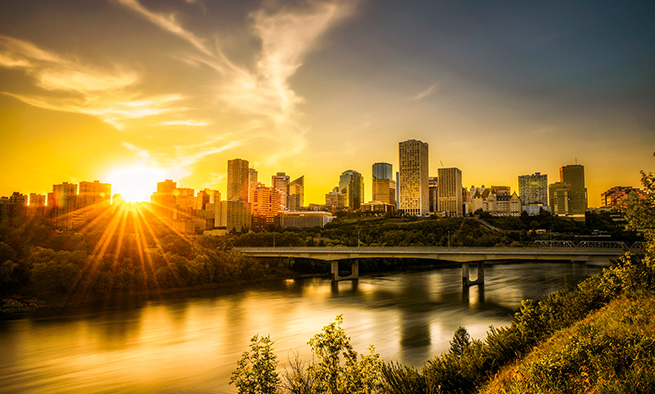
If artificial lights linger in blue rich wavelengths throughout the evening and night, they are harmful as they break the natural cycle that we, and so many species around us, are accustomed to, in addition to filling the dark of night with potentially more scattered light.
Pollution – light around us that no one asked for
Our modern society is choking on waste; some of it is just more visible, and light pollution is perhaps more abstract to understand. What is too much however is often subjective and depends on the person, but all unneeded light is wasteful. Light pollution has an impact on human health, disrupts wildlife and wastes money and energy.
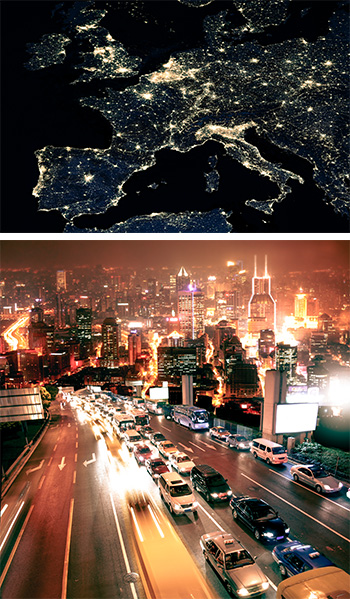 The sky can be said to be polluted if the brightness created by artificial light exceeds natural light by more than 10 %. Today cloudy skies near cities might be hundreds or even thousands of times brighter than they were 200 years ago. The truth is that we are just beginning to learn about the true impact of light pollution.
The sky can be said to be polluted if the brightness created by artificial light exceeds natural light by more than 10 %. Today cloudy skies near cities might be hundreds or even thousands of times brighter than they were 200 years ago. The truth is that we are just beginning to learn about the true impact of light pollution.
The VIIRS (visible infrared imaging radiometer suite) sensor on board the joint NASA/NOAA Suomi NPP and NOAA-20 weather satellites measures light pollution from space but is not able to measure wavelengths below 500 nm, so a great deal of the newly produced blue light spectrum is not visible in these images. Recent photographs taken by astronauts working on the ISS show there is a regionally widespread spectral shift with greater blue emissions.
Not only are we wasting energy by shooting light towards the sky, or spilling it into unwanted areas like the top floors of apartment buildings, but at the same time we are compromising our circadian rhythm, ability to sleep, ability to see the stars, and much more. Badly implemented or too bright outdoor lighting can decrease safety, create glary or messy looking environments that can be dangerous to both pedestrians and drivers, obscure important information, and even cause accidents.
Good practice - How to limit light pollution and skyglow around us
The answer to reducing light pollution around us comes down to three basic things:
quality, amount, and control.
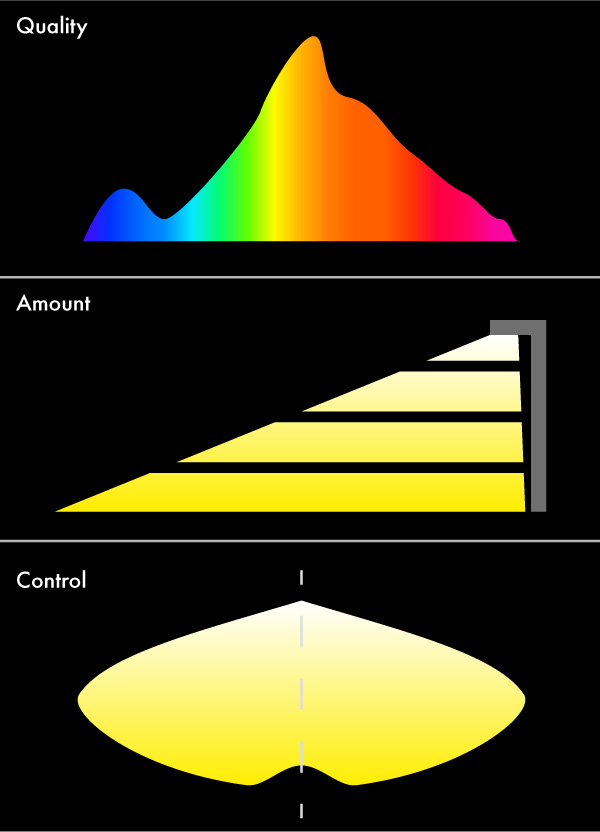 When it comes to light quality the true question is not really about what one correlated colour temperature (CCT) value to use, but what wavelengths the light source is producing, and at what time of day. Minimising the blue light spectrum after the sun sets helps.
When it comes to light quality the true question is not really about what one correlated colour temperature (CCT) value to use, but what wavelengths the light source is producing, and at what time of day. Minimising the blue light spectrum after the sun sets helps.
Consider how much artificial light is actually needed and whether some lights could be dimmed or even turned off for a period of time.
No light upwards. Only aim light into areas that need to be illuminated. Good control is key to the most efficient and dark sky friendly lighting solutions.
For two of the above you are on the right site, and we can help.
Find the right LED optics to reduce light pollution for the most efficient dark sky friendly lighting in urban environments. By directing light to the right places while avoiding spill in unwanted areas together by using the right spectrum at the right time, we can get closer to seeing the stars once again, even in the heart of the city.
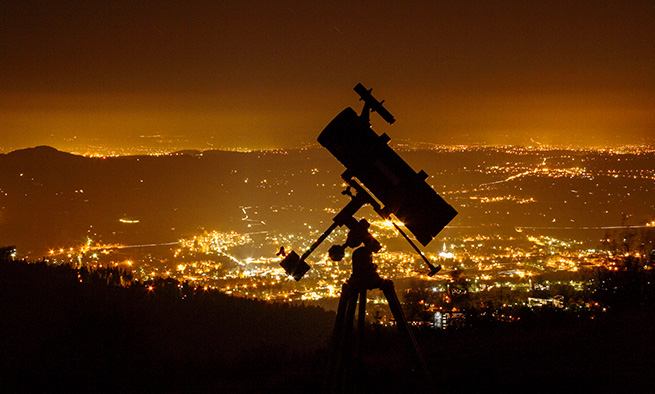


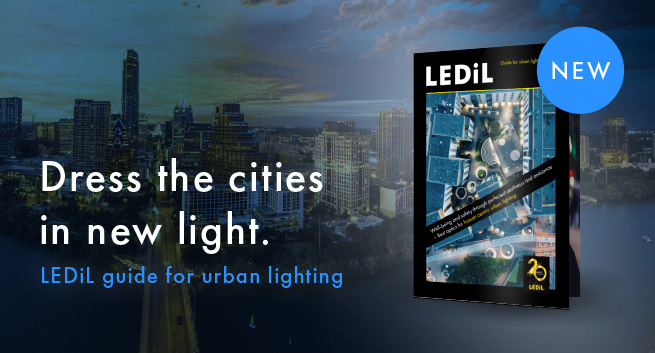 Guide for urban lighting
Guide for urban lighting 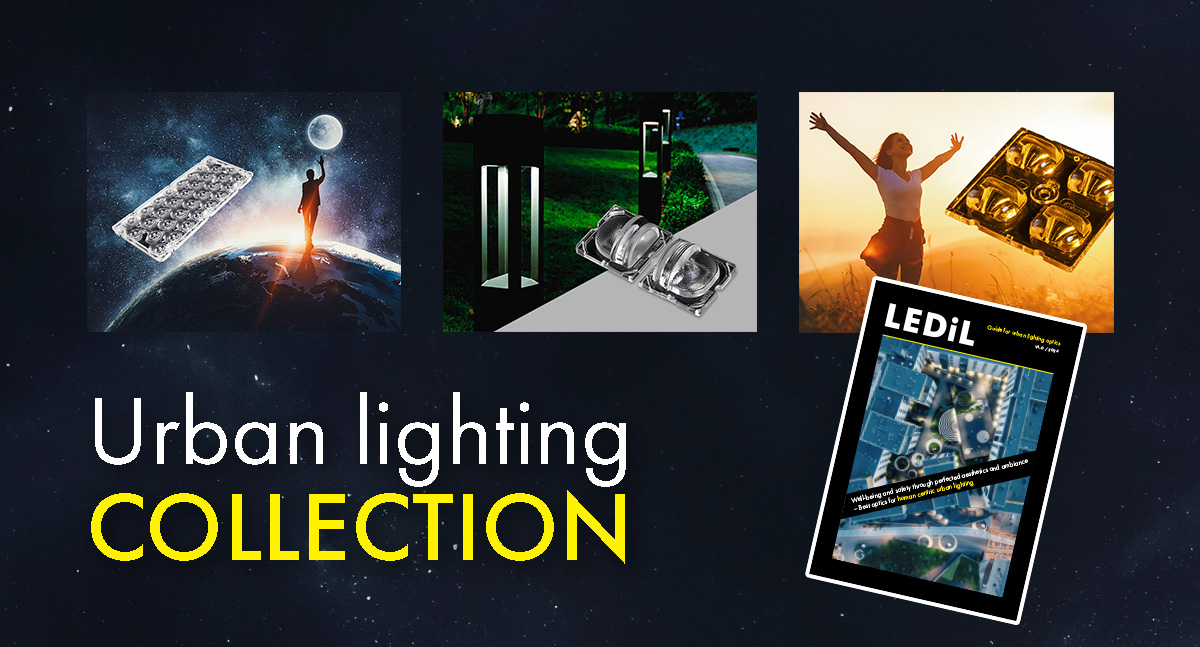 Urban lighting insights
Urban lighting insights 